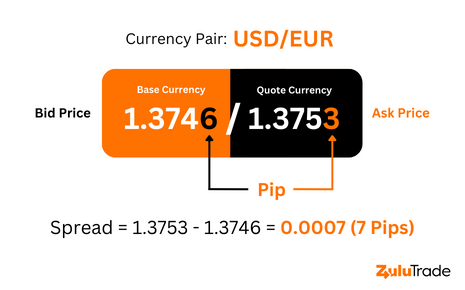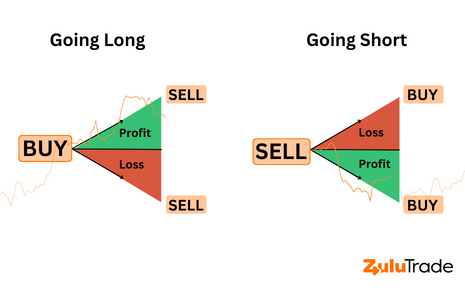Knowledge Crunch

Hey there! Have you been hearing about Forex Trading and wondering what the fuss is all about? Well, look no further! This article aims to demystify Forex Trading Basics for you. Let’s break it down and make it as simple as possible. Here, we will walk through the basics of forex trading, and by the end of this article, you should be able to comprehend what Forex Trading really is and how it works. Let’s dive right in!
Forex or Foreign Exchange trading, at its heart, is about buying and selling currencies. You’ve probably done it while travelling overseas. You exchanged your home currency for the currency of the country you were visiting. Forex trading is pretty much the same thing, but on a much larger and more strategic scale.
Now that we understand what Forex Trading is, let’s take a closer look at the basics of trading forex. It all revolves around currency pairs and exchange rates. Consider the US dollar/European Union currency exchange rate.

One currency (the USD) serves as the “base currency,” while the other (the EUR) serves as the “quote currency.” The quote currency exchange rate is the amount of the quote currency that can be purchased with one unit of the base currency.
When you start learning forex trading basics, three terms you’ll hear often are ‘bid’, ‘ask’, and ‘spread’. The ‘bid’ price is how much the market is willing to buy a currency pair for, and the ‘ask’ price is how much the market will sell a pair for. The ‘spread’ is the difference between these two prices, and it’s how brokers make their money.
Understanding forex trading basics involves getting the hang of two other important concepts: going long and going short. Going long means buying a currency pair in the hope that it will increase in value. Going short means selling a currency pair that you believe will decrease in value.

For those just starting out, one of the best ways to learn forex trading basics is to practice with a demo account. These are simulated trading accounts offered by many forex brokers that allow you to trade without using real money. It’s a fantastic way to get a feel for the forex market and how trading works.
Finally, understanding forex trading basics isn’t complete without recognizing the risks involved. The forex market is extremely volatile, meaning values can vary rapidly in a short period, leading to significant profits or losses. So, it’s essential to manage your risks wisely.
Forex trading is a fascinating and potentially profitable activity, but it’s important to start with a strong understanding of the basics. With the information provided here, you’re well on your way to understanding forex trading and potentially making your first trades. Remember, learning is a continuous process, especially in a field as dynamic as forex trading. So, keep exploring, practicing, and learning!
Stay tuned for more insightful articles and don’t forget to share this one with your friends who might be curious about the Forex Trading Basics.
Happy Trading!
Like you, most people have heard of Bitcoin by now – the digital currency which has made headlines in recent years thanks to its phenomenal rise (and occasional crash) in value. In fact, there are now well over 1,000 cryptocurrencies, with more emerging all the time. One of the most popular and enduring is Litecoin. […]
Forex trading is a financial skill that has gained incredible momentum over the years. It’s not just a method to make money – it’s an education in itself. And the starting point of this education is getting acquainted with a “demo trading account”. If you’re new to the world of forex and curious about “what […]
Hey there, savvy readers! We know you come to us seeking insights and clarity, especially on topics that can seem a bit complicated. You’ve likely heard murmurs about “trading commodities in 2023” and are wondering what the fuss is all about. Do not worry; we’ve got you covered. Our aim? To demystify the world of […]